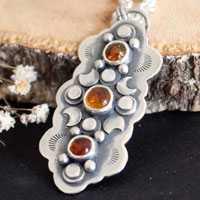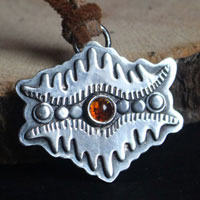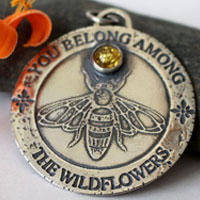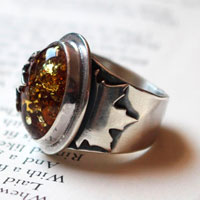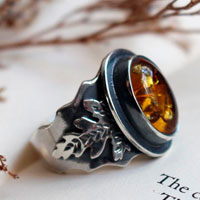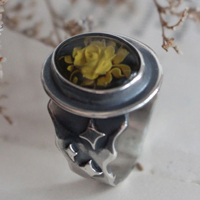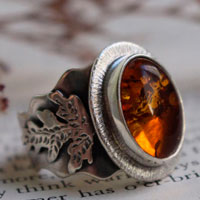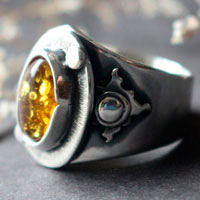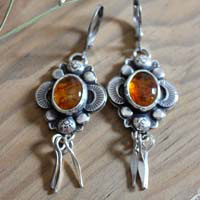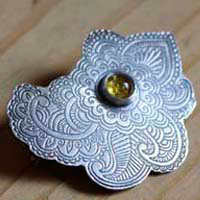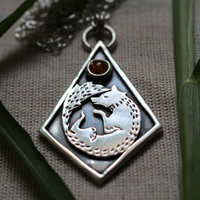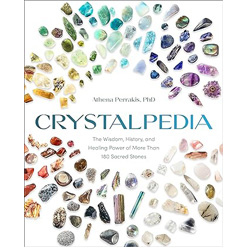- Jewelry
- Inspiration
- Our imagination
- Birthstones
- Celebrating with Eternal Flowers
- Druids and druidesses
- Flower meanings
- History, archeology jewelry
- History and healing properties of metals
- History and healing properties of stone
- Illumination jewelry
- Japanese symbols
- Maya calendar jewelry
- Stone color symbolism
- Stones catalogue
- Wedding anniversaries
- Searches a theme on the site
- Good Deals
- Paintings
- About
- Contact
JEWELRY
- Anklet
- Bracelets
- Brooches
- Cufflinks
- Earrings
- Pendants & Necklaces
- Rings
- Draw your jewelry
- How to clean your jewel
- Metal we used
INSPIRATION
- Our imagination
- Birthstones
- Celebrating with Eternal Flowers
- Druids and druidesses
- Flower meanings
- History, archeology jewelry
- History and healing properties of metals
- History and healing properties stones
- Illumination jewelry
- Japanese symbols
- Maya calendar jewelry
- Stone color symbolism
- Stones Catalogue
- Wedding anniversaries
- Searches a theme on the site
Amber: history, healing properties and lithotherapy
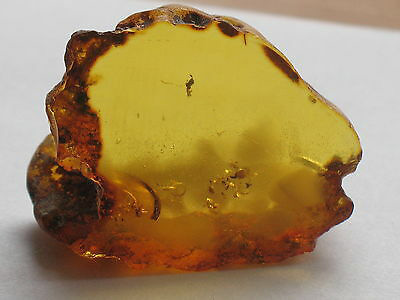
Amber properties

Amber, a resin derived from trees dating back 25 to 50 million years, has undergone fossilization, transforming it into a hard organic gem, much like mother-of-pearl, coral, and jet. Unlike sap, resin is a semi-solid aromatic secretion, often produced in response to injury or external threats in coniferous trees. This sweet, viscous substance acts as a protective barrier, healing wounds, repelling infections, and sealing broken branches, while also expressing the stress experienced by the tree.
Amber formed over several geological periods, particularly during the Eocene and Oligocene epochs. The largest concentrations of amber come from the Baltic Sea region, one of the richest sources, where fossilized resins from prehistoric pine forests, mainly Pinus succinifera, are found.
The term "amber" derives from the Arabic word "anbar," meaning "that which floats on the sea," referring to ambergris, a distinct substance from the intestines of the sperm whale but often confused with vegetal amber due to their similar appearance and the fact that both were once found floating in water or washed up on beaches. Amber is also called "succin" (a Latin term recalling its resinous origin) or "carabé."
Amber is typically yellow to orange in color, but there are also red, green, and even almost black varieties. Its low density allows it to float in saltwater, hence its historical association with beaches. On the Mohs scale, its hardness is relatively low, ranging between 2 and 2.5, making it easily workable for jewelry creation.
Chemically, amber consists of complex hydrocarbons. When heated, it releases a characteristic pine scent, and when rubbed, it produces static electricity, a phenomenon observed since antiquity that gave rise to the term "electricity" (from the Greek "elektron," meaning amber).
Amber contains countless inclusions preserved over time, such as fragments of plants, insects, animals, feathers, and even air bubbles. These inclusions, often captured when insects, attracted to the resin’s sweetness, became trapped, provide snapshots of ancient life. For instance, Baltic Sea amber contains over 214 species of plant inclusions, offering a fascinating glimpse into ancient biodiversity. These inclusions allow researchers to explore prehistoric ecosystems. Some spectacular inclusions even contain dinosaur feathers, providing crucial clues about life millions of years ago.
The different types of amber
Amber appears in various forms and colors, ranging from whitish-yellow to dark brown, with rarer shades such as red, green, and even blue. It can be opaque or transparent, with hues that vary depending on its composition and geographical origins. These different varieties enhance the appeal of amber, making it unique and captivating for collectors and gemstone enthusiasts. The diverse colors of amber are the result of several factors: the chemical composition of the resin, the conditions under which it fossilized, and the presence of inclusions or impurities.
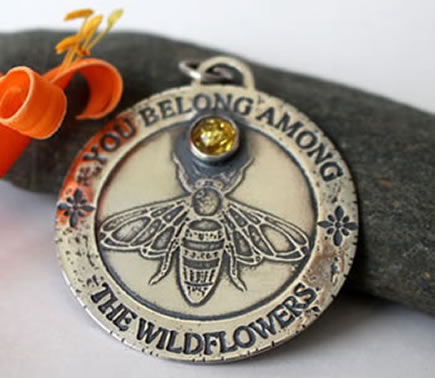
- Blue amber, exclusive to the Dominican Republic, is arguably one of the rarest and most enigmatic types. What sets it apart is its fluorescence under ultraviolet light, creating a striking blue glow. Some theories suggest that its unique color may be linked to the presence of volcanic ash or specific fossilization conditions. Blue amber is highly prized in jewelry and commands high prices due to its rarity and almost supernatural beauty.
- Yellow amber is the most common variety, with a color range from pale yellow to golden brown. This type of amber, primarily extracted from the Baltic Sea, is often transparent or translucent. It is renowned for its inclusions, such as insects or plant fragments, which make it even more valuable. Its luminosity evokes the warmth of the sun, and it has been used for centuries in the creation of jewelry, art objects, and even in ancient medicine.
- Black amber, sometimes called "azabache," is often composed of fossilized wood or coal. Unlike other types of amber, it is generally denser and less translucent. It is abundant and relatively inexpensive, appreciated for its understated and mystical appearance. While often considered less prestigious than other forms of amber, it possesses a timeless charm and is used in more subtle or symbolic jewelry pieces.
- Primarily originating from Mexico (notably Chiapas) and the Dominican Republic, red amber is also known as "cherry amber" due to its deep hue. Its distinctive color is likely the result of the resin’s oxidation after millions of years of fossilization. This type of amber is associated with deciduous trees like plum or cherry, and its vibrant shade makes it highly desirable in jewelry. Its intense luster and rich chromatic depth give it a rare and captivating elegance.
- Green amber, relatively rare, comes mainly from the Caribbean region, particularly the Dominican Republic. This type of amber displays a subtle to intense green hue, sometimes enhanced by natural light. Some specimens can even show iridescent reflections, adding to their allure. Due to its scarcity, green amber is highly sought after by collectors and jewelers, often used in unique, one-of-a-kind pieces.
How to recognize amber and counterfeiting
Due to the rarity and value of certain types of amber, a counterfeit market has emerged, using materials such as plastic, glass, and copal. The latter is a tree resin primarily found in Mexico and Central America. Although hardened, copal has not undergone the millions of years of fossilization that true amber has, which distinguishes it from genuine amber. However, it can easily be mistaken for amber due to its similar appearance, especially when used in jewelry making.
Counterfeiters often specialize in creating amber pieces with inclusions, a particularly sought-after feature for collectors. These inclusions, such as insects, scorpions, vertebrates, or even flowers, add significant aesthetic and scientific value to genuine amber. In contrast, counterfeits may contain artificially added animals or plants in the resin, making identification more challenging.
To avoid falling victim to fakes, several tests can be performed to verify the authenticity of amber, though some may damage the stone. Here are some of the most common methods:
- Heat Test: By applying a red-hot needle to the surface of the stone, a characteristic pine scent will be released if the stone is genuine (amber or copal). This smell is due to the natural resin composition. If the stone is plastic, a harsh odor, similar to burning plastic, will be noticeable, accompanied by a black, sticky mark.
- Acetone Test: This test involves rubbing the surface of the stone with acetone. Genuine amber will not be affected, while plastic may melt slightly, and copal will become sticky, revealing that it is less hardened than amber.
- Scratch Test: Gently scratching the surface of the stone with a knife can help identify it. Amber and copal tend to flake slightly, whereas plastic will be more resistant and not react in the same way.
- Float Test: Submerging the stone in a mixture of water and salt (about 25% salt) can also be telling. Amber and copal generally float to the surface, while plastic or glass stones tend to sink. This test is non-destructive and easy to perform.
- Static Electricity Test: Rubbing amber with a cloth will make it highly electrostatic, attracting light objects like small pieces of paper or hair. Plastic will not exhibit this property as strongly, although some synthetic resins may mimic the effect.
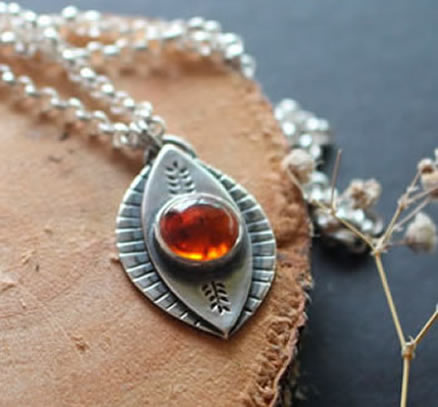
When purchasing amber with inclusions, it’s important to exercise caution. Specimens containing perfectly preserved plants or animals in amber are extremely rare. A well-preserved inclusion of such quality would logically belong in a museum or be sold at a very high price. If a piece appears too perfect or is offered at an unusually low price, it’s wise to be skeptical.
Inclusions in genuine amber are often partially degraded or imperfectly positioned, as the organisms trapped in the resin undergo the effects of time and environmental conditions before being fully encased. The rarity and authenticity of such inclusions add to their value, both monetarily and scientifically. Each piece of amber with inclusions is a true natural work of art, capturing fragments of an ecosystem that vanished millions of years ago.
Mines: Baltic Sea, Poland, Germany, Lithuania, Estonia, Russia, Canada, Dominican Republic, Mexico, France, Burma
History, legends and beliefs about the amber
Amber, often described as drops of sunlight or divine tears, has fascinated civilizations since the dawn of humanity. Sometimes seen as solidified honey or frozen sunshine, it is imbued with mystery and symbolism, especially due to the vegetal or animal inclusions often found within it, symbolizing eternal youth. This idea deeply influenced its role in funerary rites, where amber accompanied the deceased in various cultures, offering a symbolic connection to eternity.
The use of amber dates back to prehistory, with traces found as early as the Upper Paleolithic period. A worked amber piece over thirty thousand years old, discovered in Germany, stands as the oldest known example of this art.
The Baltic Sea is a renowned source of amber, providing this precious material to the Greeks, Egyptians, Celts, and Mycenaeans, further cementing amber’s importance in ancient European cultures.
The Greeks were among the first to study amber. Pliny the Elder (23-79 AD), in his writings, documented its properties, but it was Thales of Miletus (c. 625-547 BC) who, much earlier, observed its electrostatic potential. By rubbing amber, he discovered that it could attract small objects, a phenomenon linked to static electricity. The term "electricity" itself comes from the Greek word "elektron," meaning "amber," highlighting the gem's significant impact on science.
A famous Greek myth attributes the origin of amber to the resin of poplar and alder trees. According to the legend, Phaethon, son of the sun god Helios, attempted to drive his father’s solar chariot. Losing control, he drew too close to the earth, causing droughts and wildfires. To stop the chaos, Zeus struck him down with a thunderbolt. The tears of Phaethon’s sisters, the Heliades, solidified into amber, and the gods transformed them into poplar and alder trees, whose tears continued to flow into the Eridanus River. This myth adds a poetic dimension to amber’s formation, linking its creation to celestial tragedies and the eternal nature of frozen tears.
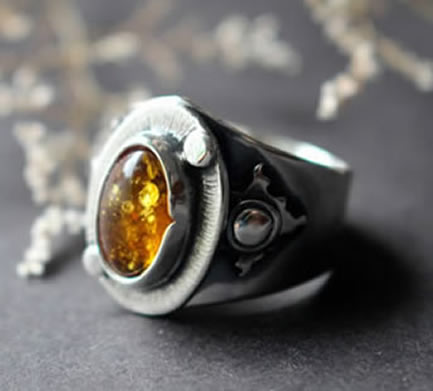
Another Greek legend, recounted by Sophocles, tells of how the sisters of Meleager, transformed into birds, wept for their brother’s death. Their tears solidified into amber, reinforcing the romantic image of this gem as a symbol of eternal, crystallized grief.
Amber, often perceived as a piece of solidified sunlight, was dedicated to the Greek god Apollo. As the deity of song, music, poetry, purification, healing, and light (distinct from the sun), Apollo was associated with amber due to its ability to warm the heart and convey solar energy. This divine connection reinforces the perception of amber as a celestial gift, linked to the brightest and most energetic aspects of life.
Amber held considerable value, as evidenced by its role in Homer’s "Odyssey," where a suitor offers an amber necklace to Penelope, Ulysses’ wife, in an attempt to win her favor. This anecdote highlights the high esteem in which amber was held as a precious and seductive gift.
Among the Romans, women frequently wore amber bracelets, believing that it could preserve eternal youth. This use reflects the perception of amber as a symbol of timeless beauty and a direct connection to the vitality and brightness associated with youth.
For the ancient Baltic peoples of Lithuania, amber’s origin is rooted in the tragic tale of the mermaid goddess Jurate. Betrothed by obligation to Patrimpas, the god of waters and seas, the divine couple resided in a magnificent amber palace at the bottom of the sea, symbolizing the source of all life. However, Jurate’s forbidden love for a young fisherman angered Perkūnas, the god of rain, mountains, oaks, and the sky. His lightning destroyed the palace, causing the fisherman’s death. Jurate, chained to the ruins of her domain, was condemned to be battered by the waves. Her tears turned into amber, strewing the beaches alongside the remnants of her sunken palace.
The Celts, fascinated by amber, used it extensively in the form of beads. In Celtic mythology, Apollo (the Latin adaptation of Apollo) was said to have scattered amber tears after being banished from Olympus.
In Norse mythology, amber is believed to be formed from the tears of the goddess of love and beauty. According to legend, Freyja’s tears, shed in her search for her lost husband, turned into amber when they touched the earth, reinforcing the connection between amber, deep emotions, and mystical forces.
According to belief, amber statuettes sculpted in the shape of animals might contain their power, reinforcing the mystical link with natural forces and animal symbolism.
In medieval France, the use of powdered amber in love potions illustrates its association with romantic and magical rituals, where this gem was considered a powerful element for attracting love.
In China, representations of animals in amber were thought to promote fertility. There is also a theory that amber represents the souls of tigers imprisoned forever.
Amber anniversaries, celebrated on the 34th wedding anniversary, highlight the durability and memory contained within amber, encapsulating plants and animals for eternity.
Healing properties and benefits of amber
Throughout human history, man has attributed various healing properties, virtues, and beliefs to amber. The information presented here is shared for cultural and historical purposes, to illustrate the symbolic relationship between this stone and man throughout time and civilizations. It does not constitute a therapeutic or medical recommendation.
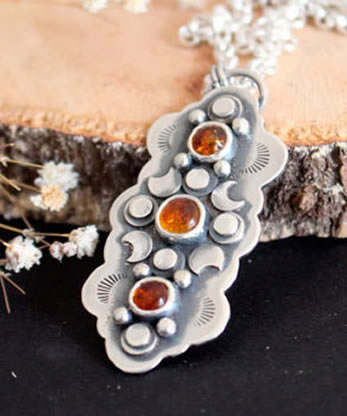
- Amber, renowned for its ability to support the digestive system, is believed to bring extensive benefits by treating the kidneys, bladder, spleen, liver, and gallbladder, highlighting its positive impact on internal health.
- Its traditional use extends to the treatment of epilepsy, vision problems, nervous tics, and circulatory issues, showcasing its versatility in supporting various systems of the body.
- When worn as a necklace, amber proves to be a soothing remedy for children, alleviating the discomfort associated with teething pain, providing a natural and gentle means to relieve infantile discomfort.
- The resin that forms amber, acting as a protective and healing mechanism for the tree, is associated with therapeutic virtues. Amber is credited with the ability to heal wounds, promote healing, and restore energy, establishing a connection between its organic properties and beneficial effects on well-being.
- Due to its electrostatic properties, amber is considered a potential ally in treating impotence and frigidity, suggesting an alternative approach to sexual health.
- The virtues of amber extend to the treatment of goiter and throat disorders, underscoring its role in relieving ailments related to this part of the body.
- Recognized for its analgesic effects, amber is used to alleviate joint pain, rheumatism, and toothaches, providing a natural relief for these common ailments.
 Please note that all healing properties attributed to stones come from ancient traditions and various cultural sources. This information is provided for informational purposes only and does not constitute medical advice. In case of any health concerns, it is recommended to consult a qualified professional.
Please note that all healing properties attributed to stones come from ancient traditions and various cultural sources. This information is provided for informational purposes only and does not constitute medical advice. In case of any health concerns, it is recommended to consult a qualified professional.
Amber jewelry samples
To learn more about litotherapy, we recommend you the following books:

